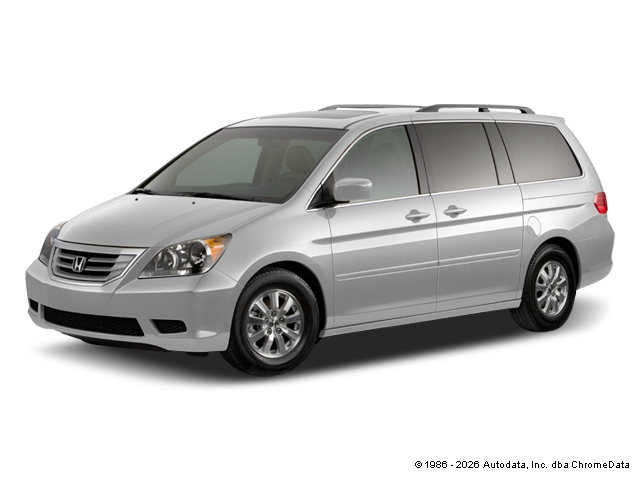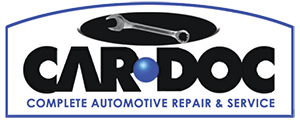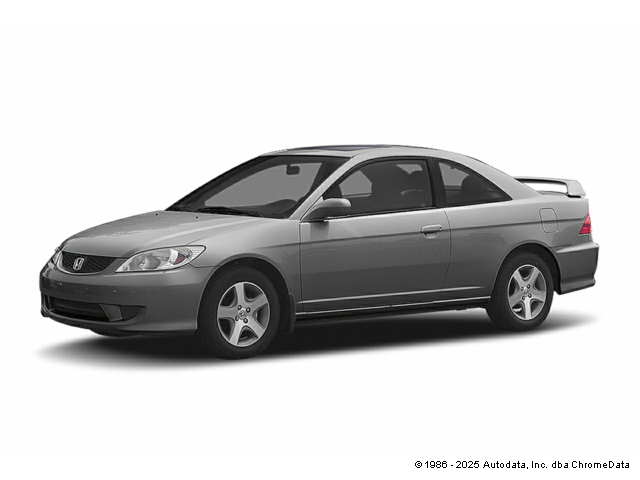2008 Honda Odyssey

Mileage
161,482
Service Date
3/20/2019
Services Performed
- The camshaft tensioner was found to be broken causing it to deflect off of the side of the engine block causing the noise. Fortunately there was no additional damage found and the engine remained in time. See below for repair procedures which include camshaft belt replacement. Following this repair, the next camshaft belt service interval will be in 120,000 miles.
- Drain the engine coolant and flush the system in both directions with water to remove sediment. Forward and reverse flush radiator, heater core, heater control valve, and engine block. Remove the vehicles overflow container and wash out debris where necessary, and fill the reservoir to capacity with new engine coolant. Remove the engines serpentine and or V style drive belts, and clean and lubricate any idlers, pivots, or tensioner assemblies for later reassembly. Remove the emissions harnesses, as well as the hoses, brackets, wiring harness bundles, and the front belt drive engine accessories. Remove the engines camshaft covers, and lower crankshaft pulley. Rotate the engine to align and verify the timing marks. If the marks are off, or the belt has failed, compression testing, and cylinder leak testing is often required to verify that the engine was not damaged due to piston to valve contact following the failure of the belt. Otherwise, all internal components are cleaned and disassembled, with the engine held in time using the factory approved holding fixture(s). Remove the timing components, and clean all of the pulley cogs, pivots, tensioners, idlers, and deflectors. Lubricate the tensioner assembly where required and set aside for installation. Remove the front radiator support, fan shrouds, and electric fan modules where required. Set the camshaft timing and remove the camshaft covers and belt(s). Remove the tensioners, cogs, idlers, and springs and remove the vehicles water pump. Clean all mating surfaces on the engine block and timing cover to ensure a proper seal is achieved during reassembly. Install a new water pump and gasket and torque as specified. Clean all internal components including the pulley cogs to remove debris. Lubricate the tensioner pivots and install a new camshaft belt set. Install the replacement camshaft belt, and remove the holding fixtures from the engine. Check to verify that the camshaft timing is within specification and set the recommended amount of preload on the new belt. Check the belt deflection as well as its alignment to the supporting pulleys and tighten the primary tensioner to specification. Bar the engine over two complete revolutions and verify that the component timing marks indicate / confirm that the engine remains in time throughout a full rotation cycle. Reinstall the crankshaft pulley and the camshaft belt covers insuring they seat properly to the face of the engine block. Reinstall the hoses, wiring harnesses, supporting brackets, emissions controls, and the lower crankshaft pulley. Check the accessories for bearing deflection and replace the accessory drive belt(s) where required. Replace or reinstall the accessory drive belt(s), and check the tensioner assembly for proper operation. Verify belt deflection and alignment of the engines accessories, and lock all manually adjusted tensioners as required. Reassemble the previously removed components centering the vehicles drive line before the final torque of the forward engine mount. Reinstall the hoses, wiring harnesses, supporting brackets, emissions controls, and the lower crankshaft pulley. Replace or reinstall the accessory drive belt(s), and check the tensioner assembly for proper operation. Verify belt deflection and alignment of the engines accessories, and lock all manually adjusted tensioners as required. Fill the cooling system to capacity with the specified amount and type of new engine coolant. Run the engine to operating temperature and purge the air from the system. Check the freeze point and acidity of the engine coolant to insure a proper mixtur
Rafael M. gave our service a 5 star review on 3/29/2019



